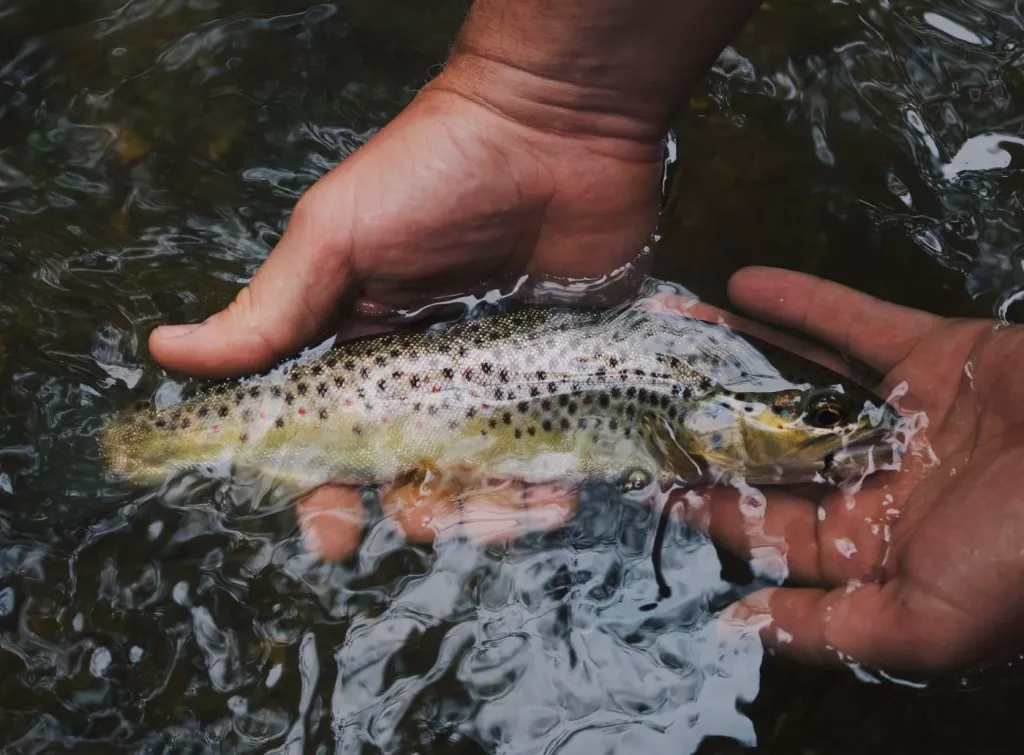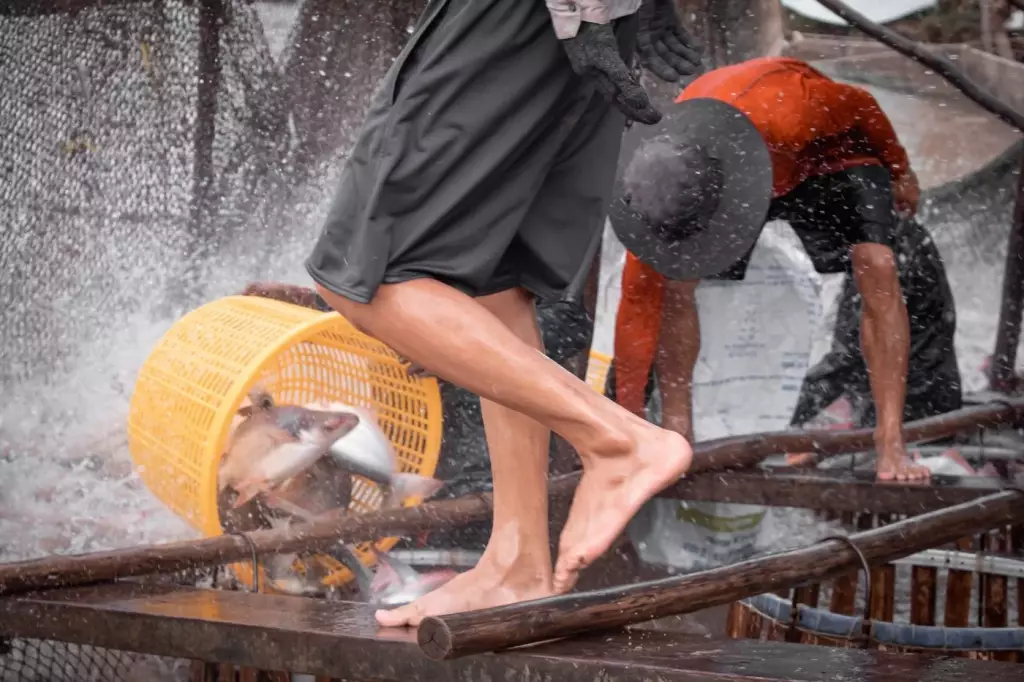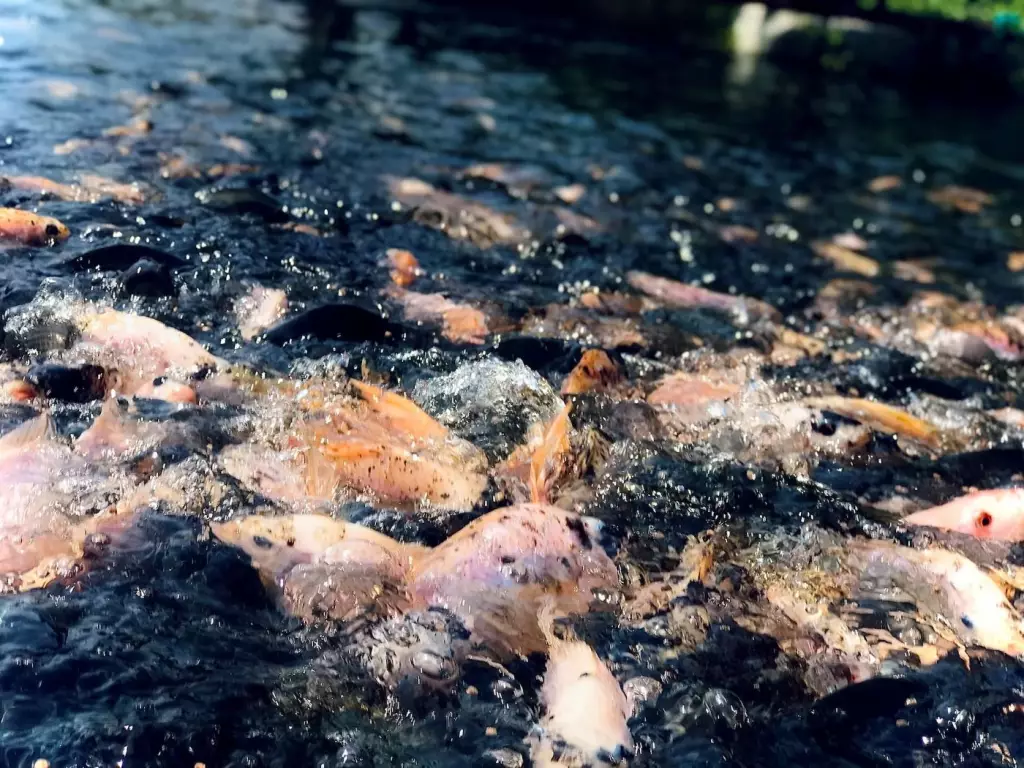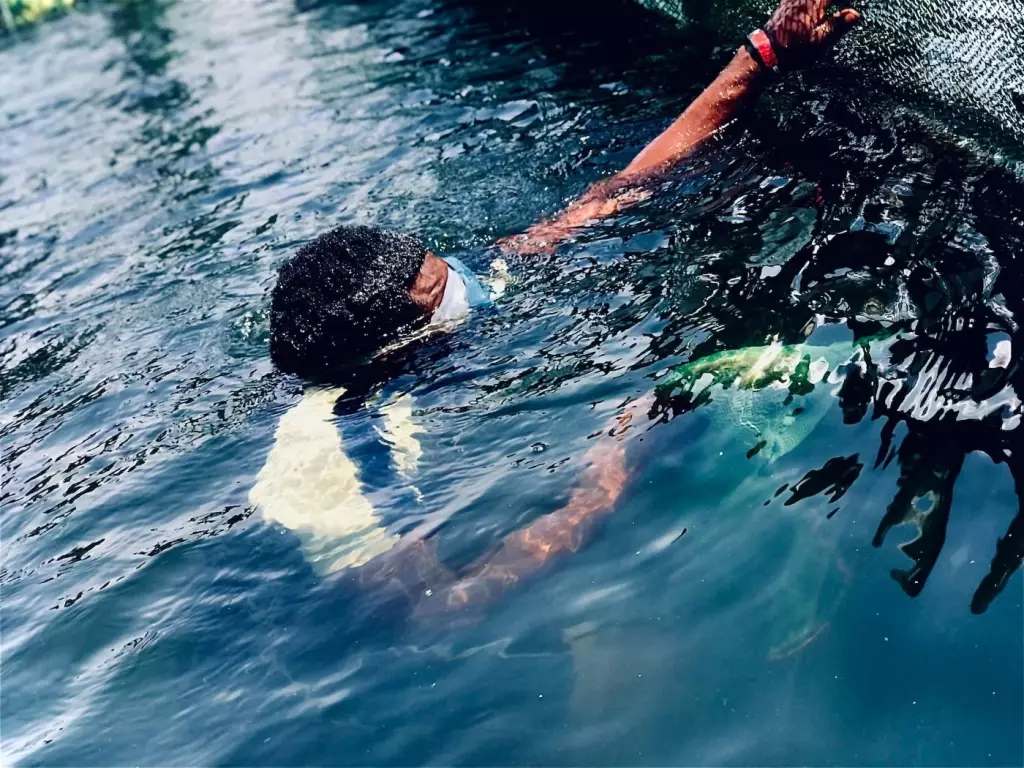How To Start a Small Fish Farm (Cost, Setup, Species)
In the next 20 years, fish farming will be the main source of seafood worldwide. For this reason, setting up a fish farm business will most likely be a profitable trend. If you are eyeing this business, let’s look at the start-up costs, the equipment you will need, and which fish species you can start with.
Starting a fish farm will cost around $80,000 to $200,000. For starters, you need pumps, plumbing, a filtration system, cages, nets, and other fishing equipment. Some common farm fish species are tilapia, catfish, carp, bass, trout, salmon, and perch. During the first year, you can earn up to $100,000 from fish farming.
Let's dive in to get a more detailed overview of the costs, setup, equipment, fish species, and profits of small-scale fish farming.
Summary
- In planning the fish farm set-up, you must choose whether you will build an outdoor pond or an indoor tank.
- Basic necessities like oxygen, water, and food must be top priorities when planning a fish farm. Pond and fish farm equipment must follow.
- Common fish farm species are tilapia, salmon, trout, bass, catfish, and carp, all of which can yield a high profit if properly taken care of.
- Setting up a small fish farm can cost you a lot of money, but the price is worth it once you start earning profits from it.
- The practice of fish farming is called pisciculture. Pisciculture is a type of aquaculture.

On this page:
The Cost and Set-up of Starting a Small Fish Farm
How much money you’ll need to start a fish farm depends on the size of your operation. Usually, start-up costs range from $80,000 to $200,000 or more, which include the costs of land lease, excavation and construction of ponds, and fish farming equipment.

Even though starting a fish farm can be expensive at first, it is a good business to start nowadays due to the demand for fresh fish worldwide. Based on the data from the United Nations Food and Agriculture Organization, it is said that in the coming decades, aquaculture will be the main supplier of fish that can meet the growing demand for food supply.
The table below shows the start-up costs with the average expenditure per item for setting up a medium to large-scale fish farm.
| START-UP COSTS | AVERAGE EXPENSES |
|---|---|
| Setting up a business name and corporation | $175 |
| Business licenses and permits | $200 |
| Insurance | $200 |
| Business cards and brochures | $250 |
| Website setup | $2,000 |
| Land down payment | $65,000 |
| Excavation and construction of ponds | $65,000 |
| Equipment | $25,000 |
| TOTAL | $157,825 |
The costs presented in the table may vary if you only aim to build a small fish farm. If you plan to start small with just a few tanks, you may potentially spend only around $1,000 for equipment especially if you buy used equipment. But be careful with your purchases, as used equipment may not be as reliable and could require more maintenance.
For the set-up, you may opt for either building a pond, which costs between $3,000 to $10,000, or indoor tanks which are less expensive – ranging from $1,000 to $3,000.
The basic needs for raising fish are the following:
-
Oxygen. To keep your fish alive, you will need a water recirculating or aeration system. An aeration system costs between $1,000 to $3,500.
-
Water. A delivery rate of 15-25 gallons of water per minute is needed per surface acre of water. The water supply system alone may cost $1,500, plus the expense for a surface acre of water which is $300 per surface acre.
-
Food. You may feed your fish with commercial feed, pellets, or fish meals. Feed takes up 70% of the operational costs in a fish farm, ranging from $5,000 to $200,000 depending on the size of your fish farm.

Other necessities required to successfully launch your fish farming business are:
- Pumps, aerators, reclamation devices
- Pond cleaning equipment
- Fish processing equipment
- Delivery truck
- Fish eggs or juvenile fish
Once you meet the basic necessities, other expenses that you may want to consider are getting a comprehensive insurance policy to cover your costs in case your fish have been wiped out of diseases or from technical failure, employee expenses in case you need an extra hand to help you out with the farming tasks, and you may also invest on research and development to further aim for success.
Types of Fishes Suitable for a Small Fish Farm
After knowing the basic necessities for setting up a small fish farm, the next step is knowing which fish to raise.

The best fish options to raise in a small fish farm are species whose nutritional requirements are more easily met. Some of these are the following:
Tilapia is one of the tastiest and easiest fish to raise
What makes tilapia a good choice is their resistance to diseases and parasites, and their hardy characteristics even in water with low oxygen levels or high ammonia concentrations.
They grow quickly in a temperature range of 64°F to 90°F. The optimal temperature for raising Tilapia is around 84°F, and the fatal temperature for them will be 50°F. Java, blue, and Nile species of tilapia are the best choices for small-scale fish farms.
Catfish are hardy fishes which makes them a good choice for beginners in fish farming
Catfish have an exceptional taste which makes them good for the market, plus they are resistant to diseases and parasites. They also grow quickly and can reach a pound within 5 months. Their food requirement is also minimal which makes them more accessible for farmers with limited budgets. Channel catfish are the best options, but there are other species that you may want to consider.
Carp also makes a good option for small fish farms
Carps are resistant to disease and can adjust to varying weather conditions. They can grow in temperatures between 70°F to 90°F, but the optimal temperature for raising them is between 80°F to 85°F. Though they are not usually eaten, when raised in clean water and properly prepared, they have an excellent taste as any other farm fish. Some species which you may consider raising are the common, grass, bighead, or silver carp.
Bass is an excellent choice but needs attentive care
Although the bass is more difficult to culture than tilapia, carp, or catfish, they are worth giving a try. They grow well in temperatures ranging from 65°F to 85°F, and the optimal temperature for them is 80°F.
Bass, however, is more suited to cages and recirculating systems which can add up to your expenses. Their fingerling also requires more attention due to their sensitivity to bright lighting. They can’t grow well under poor nutrition or when handled roughly.
The best species to consider are hybrid striped bass, which has an excellent mild taste compared to wild-caught bass.
Trout and Salmon are good choices but require precise water conditions
In raising trout and salmon, control of water temperature is the most important factor. They require colder water temperatures between 55°F to 60°F, but a temperature of 70°F is still tolerable for some rainbow trout.
They also make a good choice because they grow well together. They also grow quickly - providing provide you with a good harvestable supply of fish in one season. For trout, the best species options are rainbow or brook trout. For salmon, you may opt for coho or Atlantic salmon. Both types of fish are flavorful in taste and have high market demand.
Perch grows well in small fish farms
Perch grows best in water temperatures between 68°F to 74°F. They eat trout feed and can grow into a third pound in one season. They are popular in the United States and in Canada for their tasty meat.

The profitability of small fish farms
The profitability of a fish farm depends on the type of fish you are raising, operational costs such as feeds, and the selling price of the fish. Most likely, a 10-15% profit can be gained from most fish farms, while some even gain as high as 50%.
In India, Catla fish farming earns farmers a revenue of 100,000 – 150,000 Indian rupees per acre per year, which is equivalent to $1,217 to $1,826 yearly.
Small fish farms, however, are reported to have net profits per acre per year of only about $300 or $0.10/lb. which is a good return per acre compared with traditional grain crops. The key to a profitable fish farm is to find a niche market where you can charge high value for your fish.


